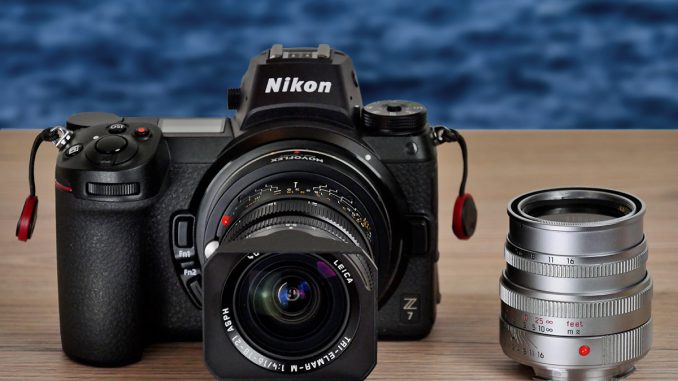
Leica M Lenses on a Nikon Z7
by Juraj Vohnout
Many photographers might have asked themselves this question. Why would I use Leica M lenses on Nikon Z7 body? The answer is straightforward. Leica M lenses have outstanding contour sharpness, beautiful colors and bokeh, but more importantly, they’re much smaller than other lenses so they don’t take up much space and they’re barely noticeable on the camera body. I’m using the Novoflex NIK Z/LEM adapter to connect Leica M lenses to Nikon Z7 camera.
Up until now I have been using Leica M lenses with Sony A7RII camera with customized Thin filter modification. I’m of course aware that the best possible results for those lenses would be achieved on Leica M camera, but…
The Leica camera was designed primarily for street photography. For example, with Leica M10 I prepared the shot on the tripod only to find out that if I wanted to focus through LCD, I’d have to recompose the picture again since the M10 provides focus assisting magnification only for the center point which can’t be moved.
Although Sony provides the option to move the focusing point across the whole field, I was still not fully satisfied with the camera. Using my A7RII body with lenses over 135mm (Leica AND Sony), the picture was strangely fragmented in detail. Colors were also not exactly perfect.
When I found out that the new Nikon Z7 was out, I instantly bought one as a replacement. In February, I took the new combo to Malta to test it out.
Nikon Z7 + Summicron 50mm f8, ISO 1250, t 1/200 sec.
Originally, I wanted to test my personal favorite – wide angle Leica M Tri Elmar 16 / 18 / 21mm – but as it turned out, the 50mm Summicron is more versatile for traveling purposes. I mounted the 50mm at the airport and it stayed on the camera until the very end of the trip.
Nikon Z7 + Summicron 50mm, ISO 160, t 1/800 sec.
The Nikon Z7 body is a bit larger than Sony A7, however the ergonomics has improved incomparably. The camera has a massive grip, better controls layout and higher quality viewfinder which provides 200% magnification. The only thing that surprised me in an unpleasant way is that after using zoom focus assist you can’t get back to normal view by half-pressing the shutter release button. You have to either expose with picture magnified in detail or get back to overall composition using the magnifier button. I hope that Nikon will sort this out with the next update.
Other than that, Z7 offers only advantages. For example, the top control panel display can be very useful for landscape photographers.
Nikon Z7 + Summicron 50mm, ISO 450, t 1/250 sec.
I was however most interested in picture quality and sharpness. Right after taking the first shots I realized that Nikon Z7 was a much better fit for Leica lens than my modified Sony A7RII. The picture is sharper in general but mainly improved in the corners. The difference in sharpness is more obvious with wider lenses with focal lengths under 35mm. I assume it’s because of the absence of low pass filter.
Nikon Z7 + Summicron 50mm, ISO 200, t 1/250 sec.
Another difference that I noticed right away is that Leica Summicron 50mm lens and Z7 body with automatic color balance produces colors very similar to those produced by Leica cameras, so the need for postproduction color corrections is minimal.
Nikon Z7 + Summicron 50mm, ISO 320, t 1/800 sec.
In the above picture of my wife, I really like the color interpretation. In the next picture, which was shot with F2 aperture, you can see how the Summicron lens phenomenally separated the ship from the objects in front. The only thing that bothered me was the cool tone of the sky that Nikon typically creates, which required a little bit of correcting later.
Nikon Z7 + Summicron 50mm, f2, ISO 100, t 1/8000 sec.
While setting up the camera, I discovered a new exposition measurement mode meant for highest brightness areas, and I’ve used it often ever since. Many times, Nikon camera dimmed the picture so that it looked almost monochromatic. The photo below is in its original colors, just as it was shot.
Nikon Z7 + Summicron 50mm, ISO 640, t 1/8000 sec.
The following pictures had been converted to black and white.
Nikon Z7 + Summicron 50mm, ISO 100, t 1/3200 sec.
My Summicron is more than 20 years old, so it does not have any modern anti reflective coating. However, the flares that it makes in direct bright light conditions can be very interesting sometimes.
Nikon Z7 + Summicron 50mm, ISO 100, t 1/5000 sec.
Nikon Z7 + Summicron 50mm, ISO 320, t 1/1000 sec.
Manual focusing is relatively comfortable. The Peaking feature proved to be the fastest way of focusing when photographing people, but as I noticed, it’s not perfectly accurate. If you have a little bit of extra time, I recommend magnifying the picture in viewfinder. It can be set to 100% or even 200%.
In the picture bellow, you can see a flower on Comino island.
Nikon Z7 + Summicron 50mm, ISO 100, t 1/500 sec.
During our ship cruise, we saw people on a small island waving at us. At least I hope they were waving and not calling for help.
In the next shot, you can see an interesting colorful item that looked like an oxidized bottle, but it turned out to be a forgotten rusty peg on the shore, probably used to anchor boats.
Nikon Z7 + Summicron 50mm, ISO 100, t 1/1000 sec.
Seniors at St. Paul’s Bay sipping drinks while watching some strange game that I didn’t quite get.
Nikon Z7 + Summicron 50mm, ISO 320, t 1/1250 sec.
Pier in the bay and beautiful colors of the sea, reflecting the yellow color of buildings nearby.
Nikon Z7 + Summicron 50mm, ISO 800, t 1/5000 sec.
Traditionally decorated Maltese fishing boat.
Nikon Z7 + Summicron 50mm, ISO 100, t 1/400 sec.
Next shot with obvious Leica color DNA.
Nikon Z7 + Summicron 50mm, ISO 280, t 1/250 sec.
The next shot was focused through Peaking, as I needed to shoot quickly. People could have been a bit sharper, but I wanted to capture the moment. Colors look phenomenal, pastel and contrast at the same time.
Nikon Z7 + Summicron 50mm, ISO 100, t 1/400 sec.
A small surprise at the end. One photo that was shot with Leica Tri Elmar 16 / 18 / 21 wide lens. The picture was however made at home in Slovakia, in Dreveník – Unesco World Heritage Site named The Hell.
Nikon Z7 + Tri Elmar 16mm, f11, ISO 250, t 4 sec.
Conclusion
Nikon Z7 with Leica lenses achieves very similar results as Leica cameras. The main advantage of Z7 is that it provides better options for magnifying the view resulting in more accurate, faster and comfortable focusing. The main disadvantage lies in the communication with the lens – the body doesn’t detect the lens and so it can’t optimize its performance. However, if it did, the results could have been even better.
Anyways, for Leica M lenses, Nikon Z7 proved to be a much better fit than Sony A7. Especially Tri Elmar lens is much sharper in the corners. Beautiful Leica style colors were also a nice surprise.
I have tried many lens adapters for connecting different mount lenses to a body, and German manufacturer Novoflex is what I would recommend. It is exceptionally well-made and connects a lens to a body without creating any vibrations during shooting. Leica

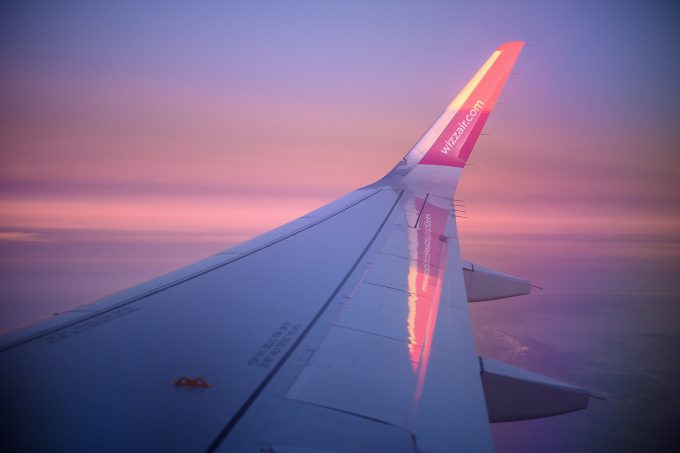
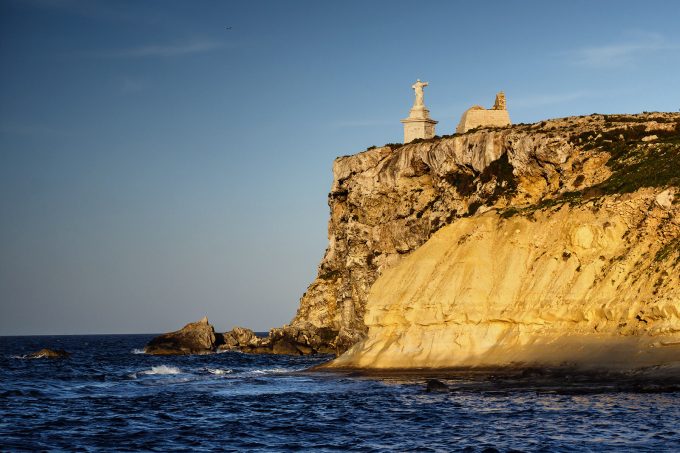
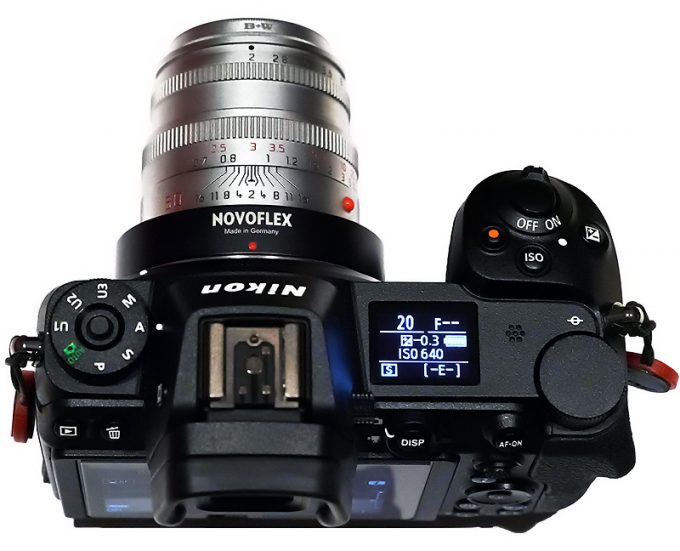
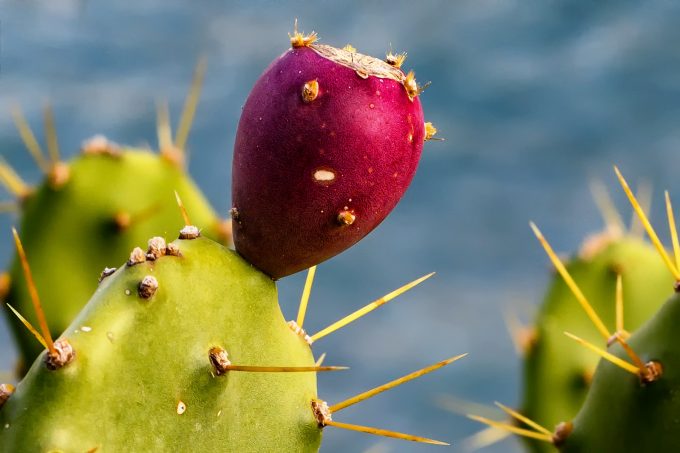
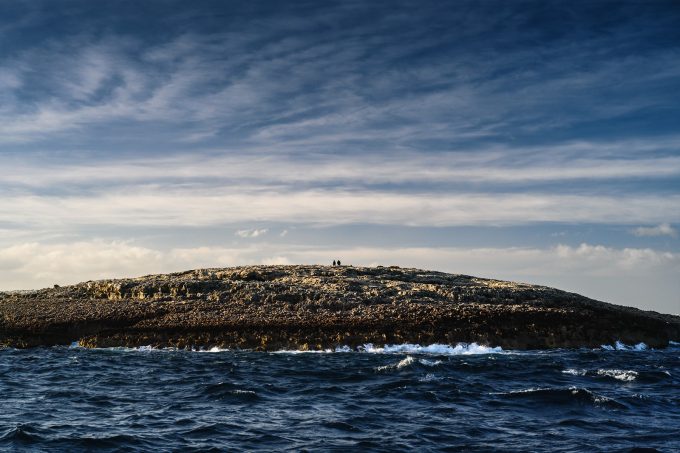
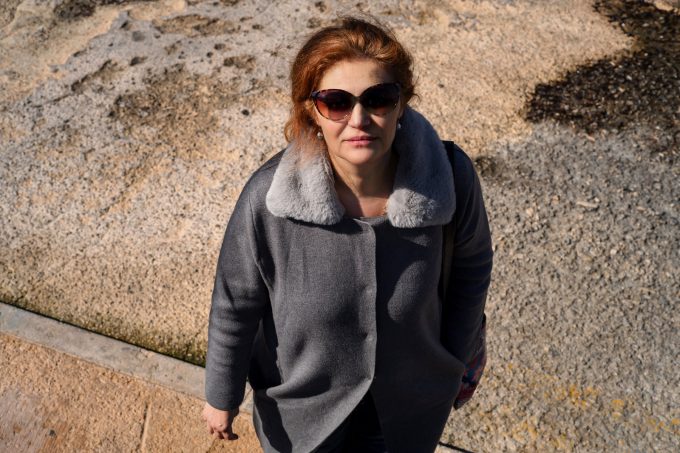
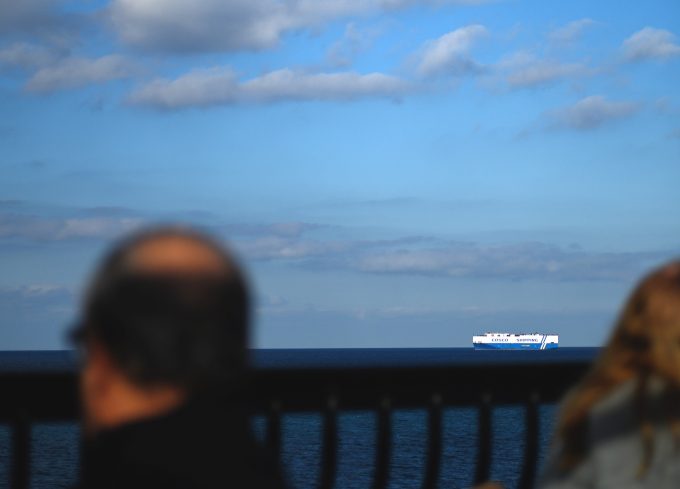
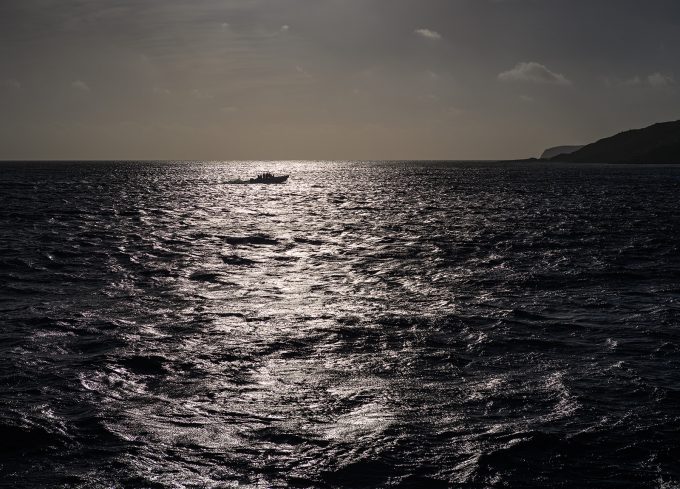
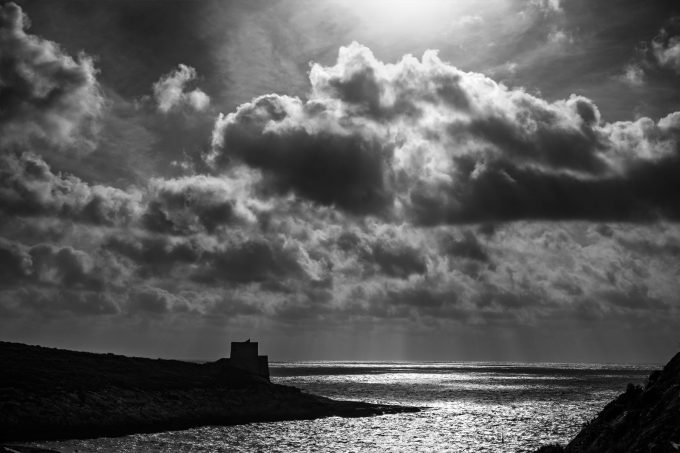
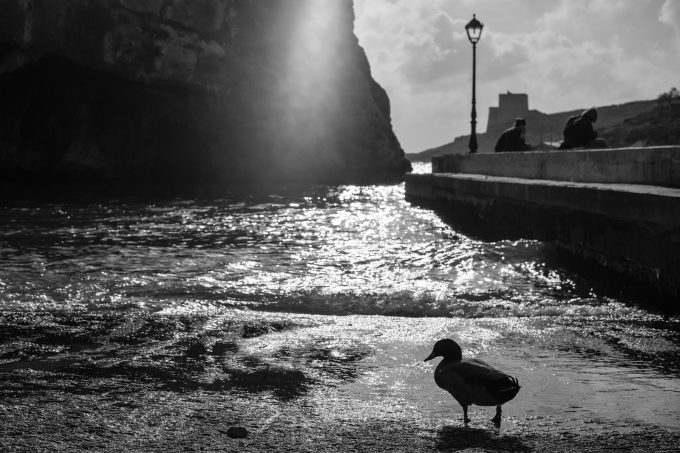
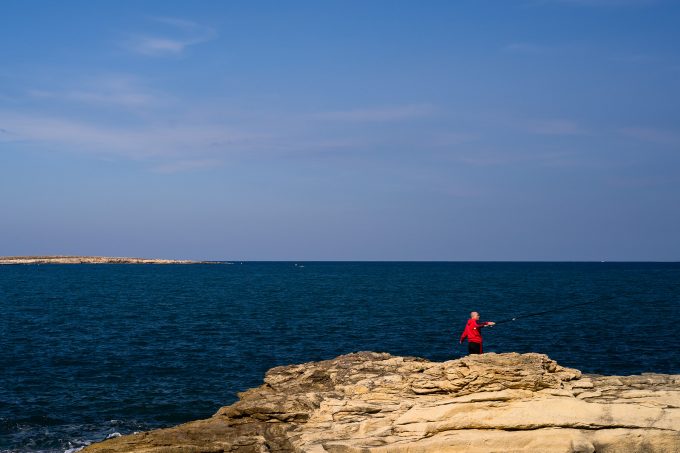
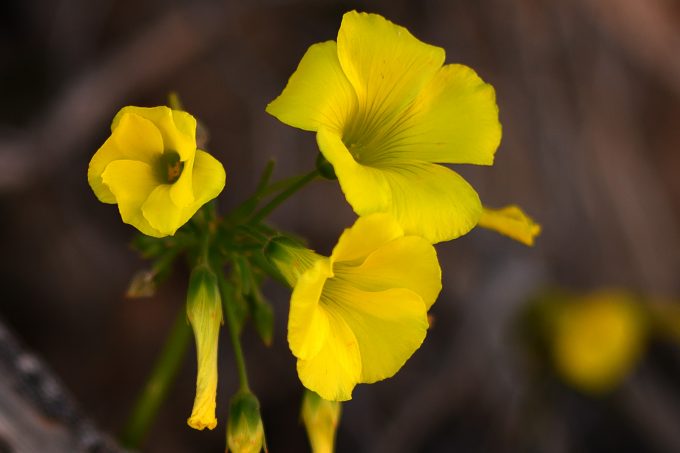
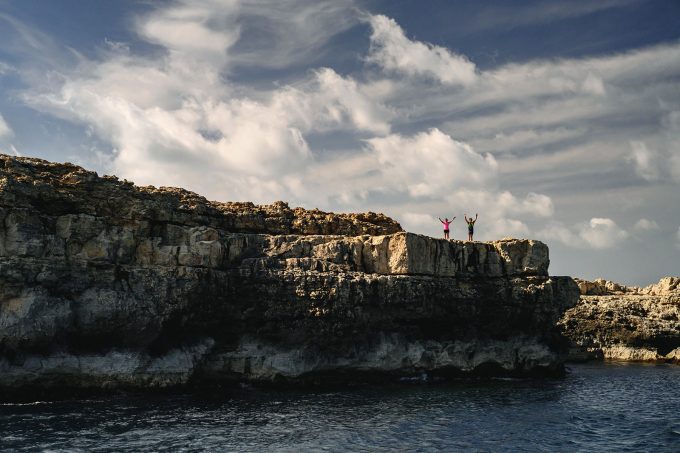
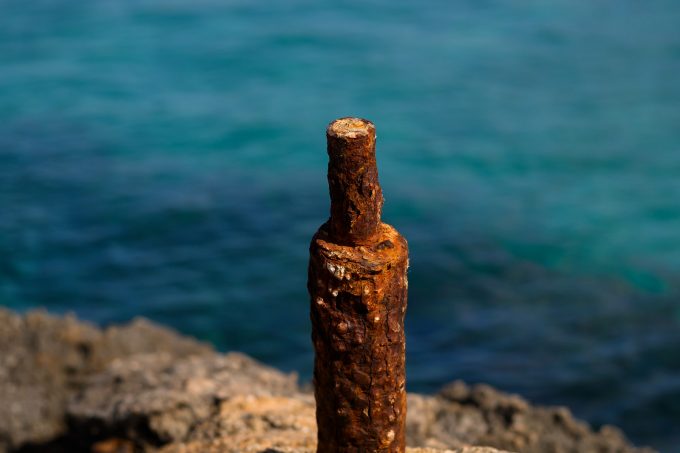
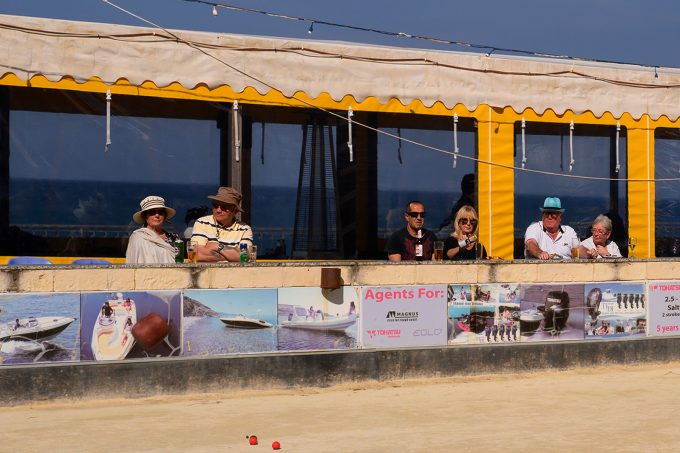
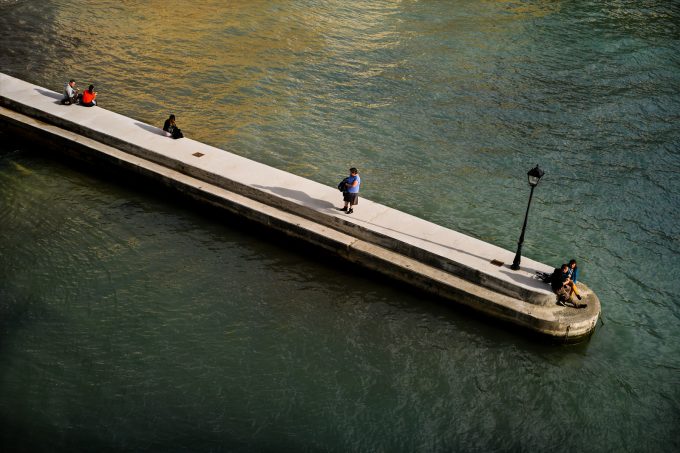
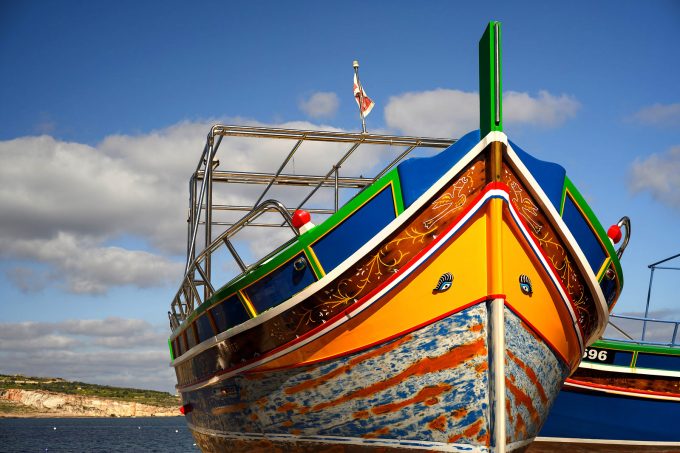
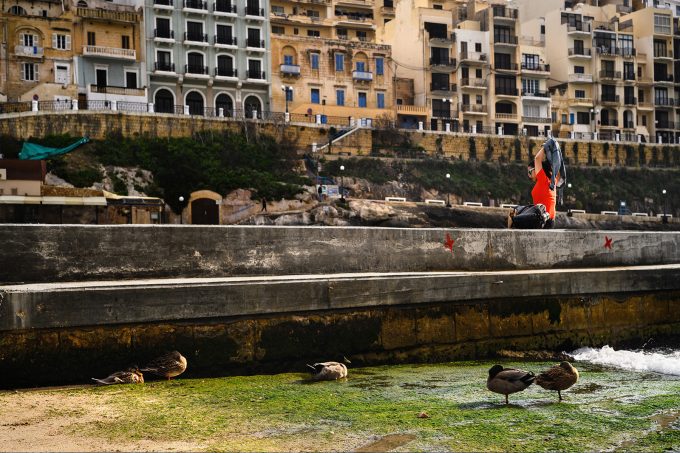
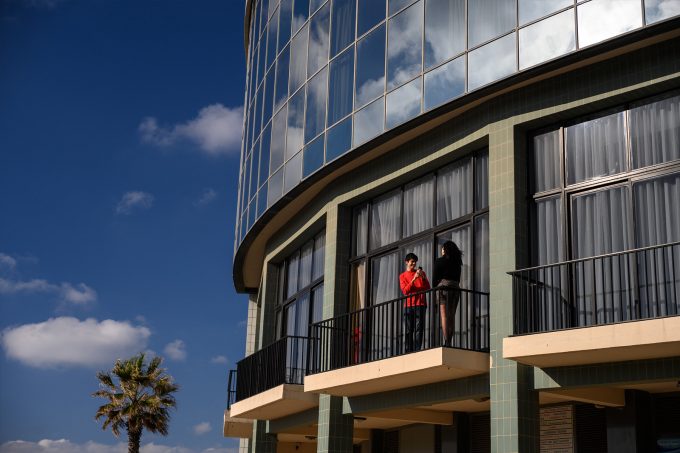
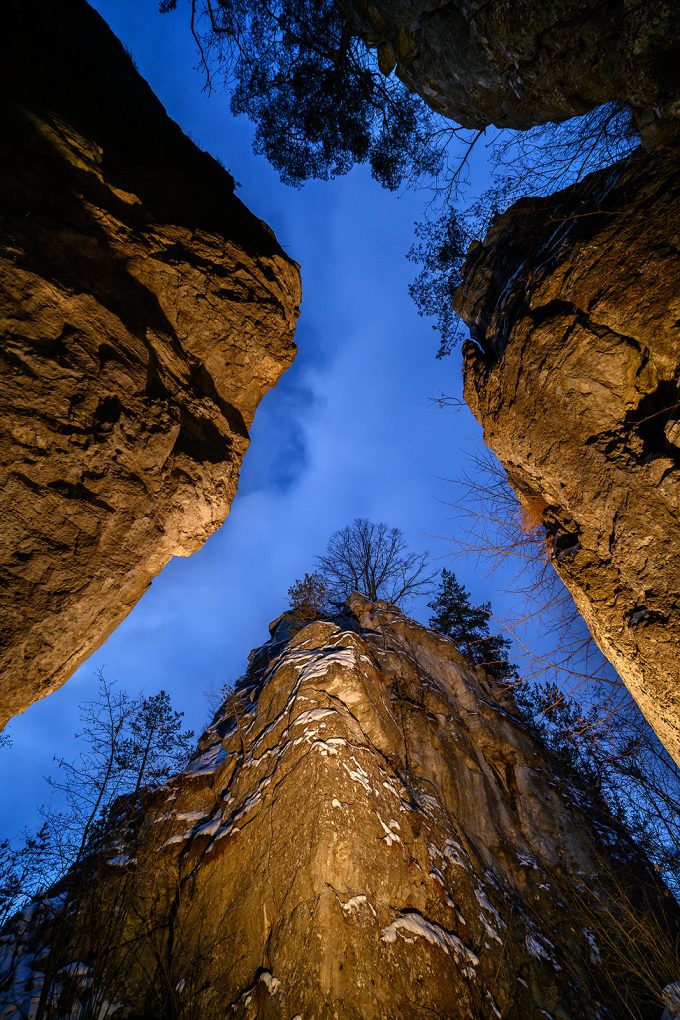



Great photos – the Nikon Z7 has now become my Leica SL lite! If you program the aF-on button for focus enlarge at 200X – just pressing it again will bring back the whole view.
Nice pictures, my fave is the pier picture from above, very gentle colour and great composition.
A7RII switcher to Z6 here. (I have 30+ leica mount lenses,my favourite Zeiss 35 1.4 Distagon, but prefer 40mm FL)
I was surprised by your report of inaccurate metering in the EVF. I have to say that I prefer more subtle colours in Sony, but bit more “bite” of Nikon with (often ) less contrasty legacy lenses works very well.
Nikon body ergonomics to Sony is chalk and cheese difference-agreed.
MF is slower as you described , but EVF is gorgeous.
re: flare- did you use a hood BTW?
I am waiting for FF Foveon from Sigma -it will be a blast! 🙂
Again thanks for a nice story a pictures.
Pozdravujem
Basically mirrorles cameras are at size advantages with manual wide to superwide lenses, especially Leicas. I would like to hear more about your experience with aforementioned lenses. Wide Tri-Elmar looks good, what about other ones say up to 21mm where zone focusing will do in most cases?
Thanks for sharing your experience and the nice pictures. I also switched my A7RII for a Z7, and for the same reasons: Leica glass. I own two Leica lenses, but only one is M (the other one is a Summilux-R 50, which I love, BTW). However, the one I own is very important by itself: it’s a Noctilux 0.95… My Sony A7 wasn’t modified, so it had the thick sensor stack. I didn’t hesitate when the Z7 was announced and I knew it had a much thinner stack. Actually, I was pretty happy with the Sony, but, as a former Nikon DSLR user, I also knew how good the Nikon cameras were and missed that. My findings are very similar to those of yours. I envy that Summicron, too, but having a Summilux and a Noctilux seems enough for now… Regards from Spain!
very good colours
Thank you
I hope that you submit another article like this one after your Panasonic S1 test! Your photos are very nice.
I think, yes, I had Leica M9, M240, M10, also Leica SL.. Next weekend I will test it with Pana S1, so I will know
I shoot in the A mode (aperture priority) with auto ISO, and minimum time limit set to 1/160s and exposure correction set to -0,3. With those settings, the camera exposes quite precisely and reliable. Also use new exposure mode “Highlight-weighted metering”.
Thanks for sharing.
I’d love a comparaison side by side with a Leica body (SL or M) or even a S1R to see if the results are as close as you mentioned.
How do u determine exposure? The EVF is not accurate w adapted lenses even when using ‘show actual exposure’ mode.
I find the same as Huss. Focusing is much faster and accurate with the range finder. It takes time to focus wide angles M lenses on the Z7. But the result is good from the 18mm to the 50 Summilux. Color rendition is good too. I also have an adapter (Novoflex also) for the R Leica lenses and you find the same Leica quality, quite different from the Nikon lenses in rendition.
I focus with the Peaking
‘after using zoom focus assist you can’t get back to normal view by half-pressing the shutter release button. You have to either expose with picture magnified in detail or get back to overall composition using the magnifier button’
Yes: I found this a PITA!
Thanks Michael, There are postprocessed NEFs.
Sorry, the M10 (in oposite to the former M (Type 240)) allows moving the focuspoint over the field and the EVF is pretty good!
Nice images. How did you handle the exposures? I found on my Z7 w/ adapted (Leica) lenses the EVF did not give accurate exposure representation even in the show actual exposure mode. I had to rely on the histogram and push it to the right.
I’m surprised that you found the camera quicker to focus with the Leica lenses than using a Leica. I found the opposite. Using the optical rangefinder on an M I can achieve focus extremely quickly, while on the Z7 I need to push magnify, carefully adjust focus, push the ‘demagnify’ button to see the whole scene again, then take a pic. As you mentioned it would be nice if you could just tap the shutter button to take it back to the full view.
FYI a great option to the Novoflex adapters are the ones made by Kipon. I did not see any difference in quality, but they are about 1/3 of the price.
True – exceptionally fine colours – are these straight JPEGs or postprocessed NEFs?
Thx for the beautiful pics and the straightforward words!
Beautiful shots–thanks for your thoughtful piece!
Nikon should hire you. These are near the best pictures I saw coming from the Z7.